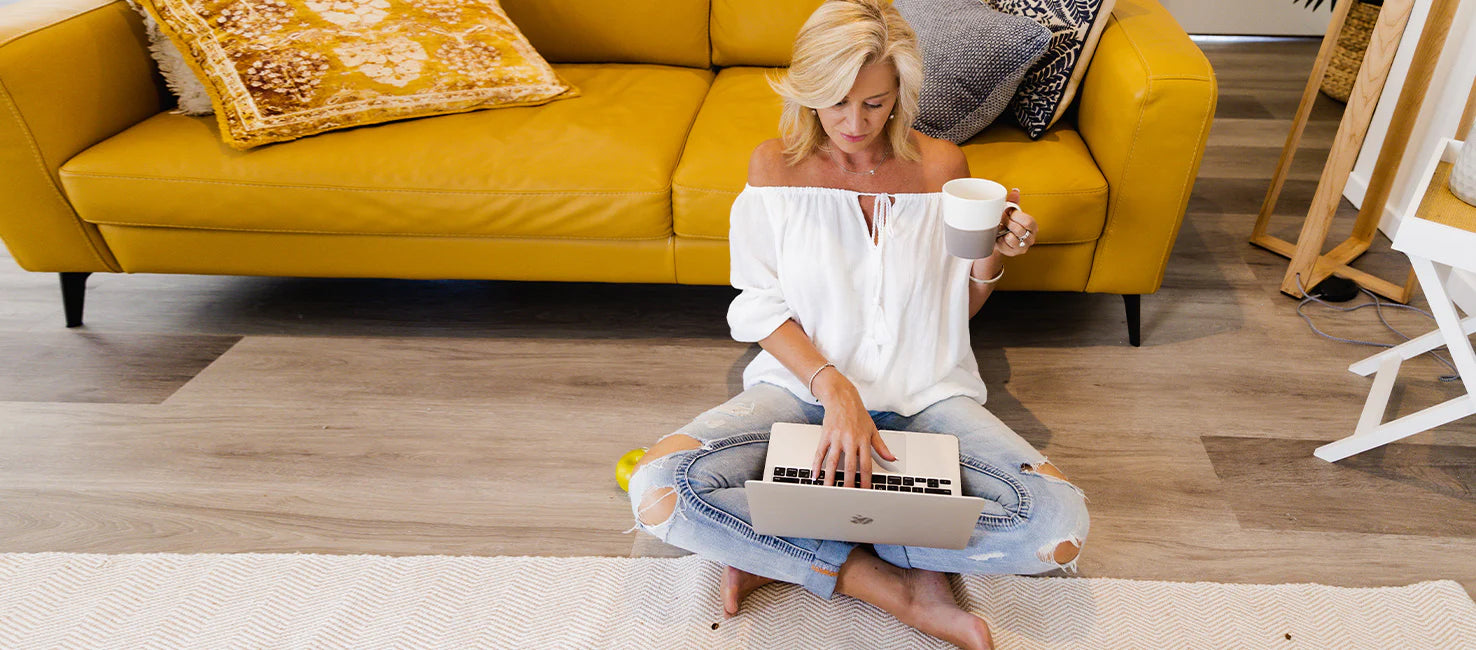
Menopause and Bladder Issues
A common and embarrassing issue many women experience during menopause is that it may become more difficult to control your bladder.
Here are the 10 common question women ask about bladder issues
Question 1. What is incontinence?
Incontinence is the inability to control your urine flow voluntarily. It affects 1 in 3 women with menopausal and pregnant women most at risk.
Question 2: Why do I pee my pants if I laugh or cough or jump on a trampoline?
Menopause reduces the oestrogen hormone. This lack of oestrogen affects your ability to control urination, as the muscle mass around the bladder and urethra are weakened. The sphincter muscles lose the strength to pinch the urethra shut.
Question 3: Why do I pee several times during the night?
As you age the frequency urge to pee is increased, and so too during the night. Men also experience muscle mass reduction around the bladder. Try reducing fluid intake after 7pm. If you find that it is more than twice during the night and may be a condition called nocturia - check with your doctor.
Question 4: How does turmeric assist with bladder issues?
Turmeric helps by alleviating the bladder’s inflammatory response. NF kappa-B is a protein primary trigger for bladder inflammation and turmeric stops the body from producing this substance. We recommend you buy good quality organic turmeric containing black pepper and ginger. You can buy it here.
Question 5: How does magnesium assist the bladder?
Important for muscle and nerve function, good magnesium levels may reduce bladder spasms, the usual incidence of incontinence. Purchase our magnesium Australian magnesium oil here.

Question 6: What is the correct procedure for peeing?
It is recommended that when you pee, start and then stop. Feel your pelvic floor muscles tighten. Now release more urine, then tighten again. Then finish urinating. Don’t hold onto your urine for too long. If you feel the urge to go, then do so. Make sure you pee it all out as urine left in the bladder can cause infections.
Question 7: What is a pelvic prolapse?
The pelvic organ prolapse condition is when one or more organs located in the pelvic area drops into the vagina. The muscles and ligaments supporting the uterus and bladder become weak and the resulting vaginal bulge occurs, with urine leakage difficulties. Generally, childbirth is the reason for the weakness as birthing can tear and stretch the supporting tissues. The problem is fixed with surgery.
Question 8: How do I know if I have incontinence or a urinary tract infection (UTI)?
You will experience pain with a UTI, when you pee, and will require antibiotics to clear the infection. Whereas incontinence is urine leaking into your underwear because of the failure to control the flow.
Question 9: What are the best incontinence products to use?
Products range from underwear pads to stylish padded panties. This is simply a trial-and-error exercise to see what personally suits you best.
Question 10: What are the best incontinence products to use?
Products range from underwear pads to stylish padded panties. This is simply a trial-and-error exercise to see what personally suits you best.
If you experience urine issues that deviate from normal, consult your GP, just in case there may be a serious underlying problem.

Written by Mona Hecke
Mona Hecke is a degree qualified Naturopath, nutrition specialist and health and wellness writer.
With over 20 years in the health industry, beginning with a focus on children and families, and a bestselling book ‘The Lunchbox Revolution’, Mona is now empowering women through education and conversation to take action and embrace change. Gut health, mindfulness, nutrition, hormones, and menopause are the topics that women want and need to know to create their healthy future.
Mona holds certifications in Lifestyle Coaching, Kinesiology, holistic herbal medicine, and nutrition.
A recognised leader in the health industry, Mona’s strong social media presence and passion for influencing change will continue to be a catalyst for health reform for the benefit of every Australian.






